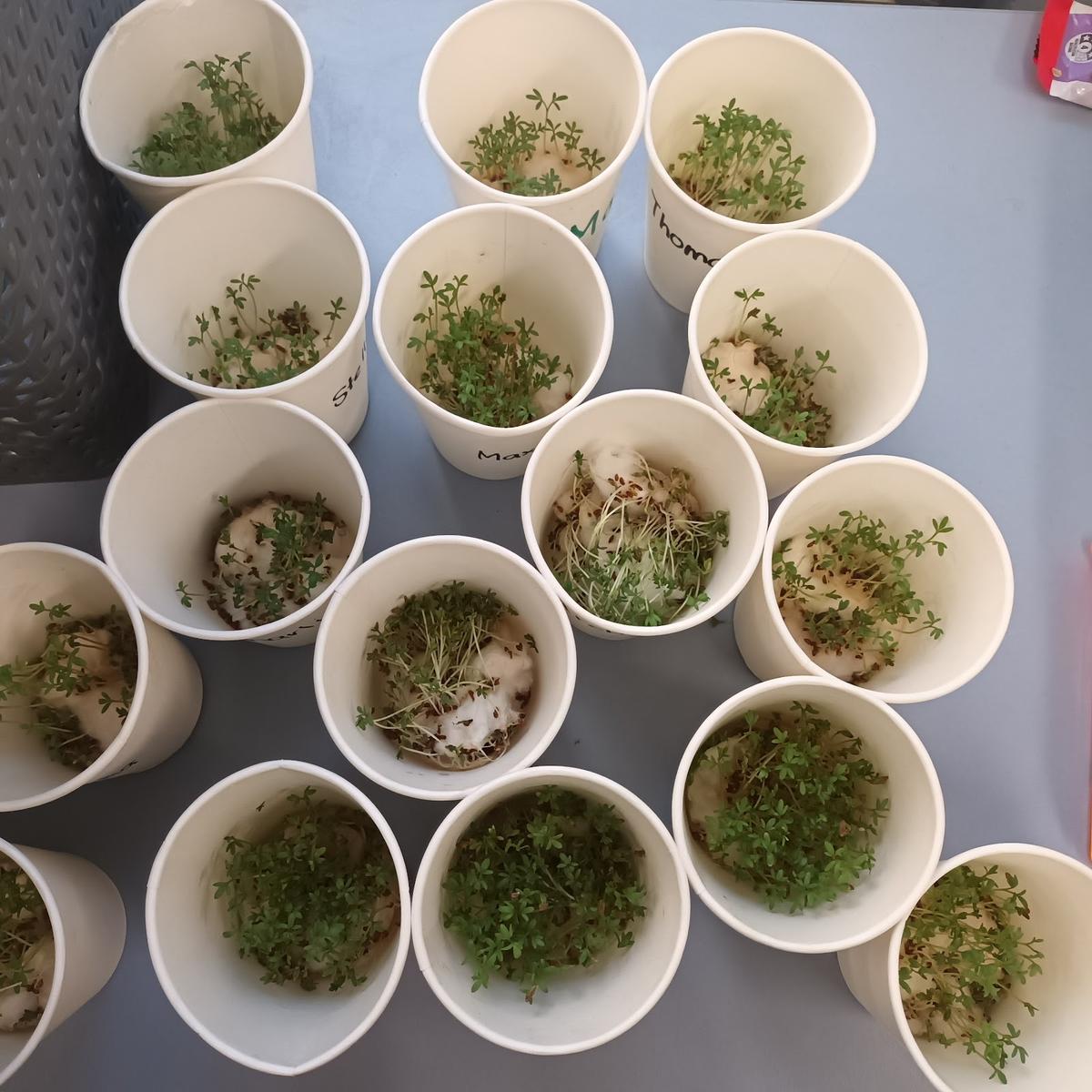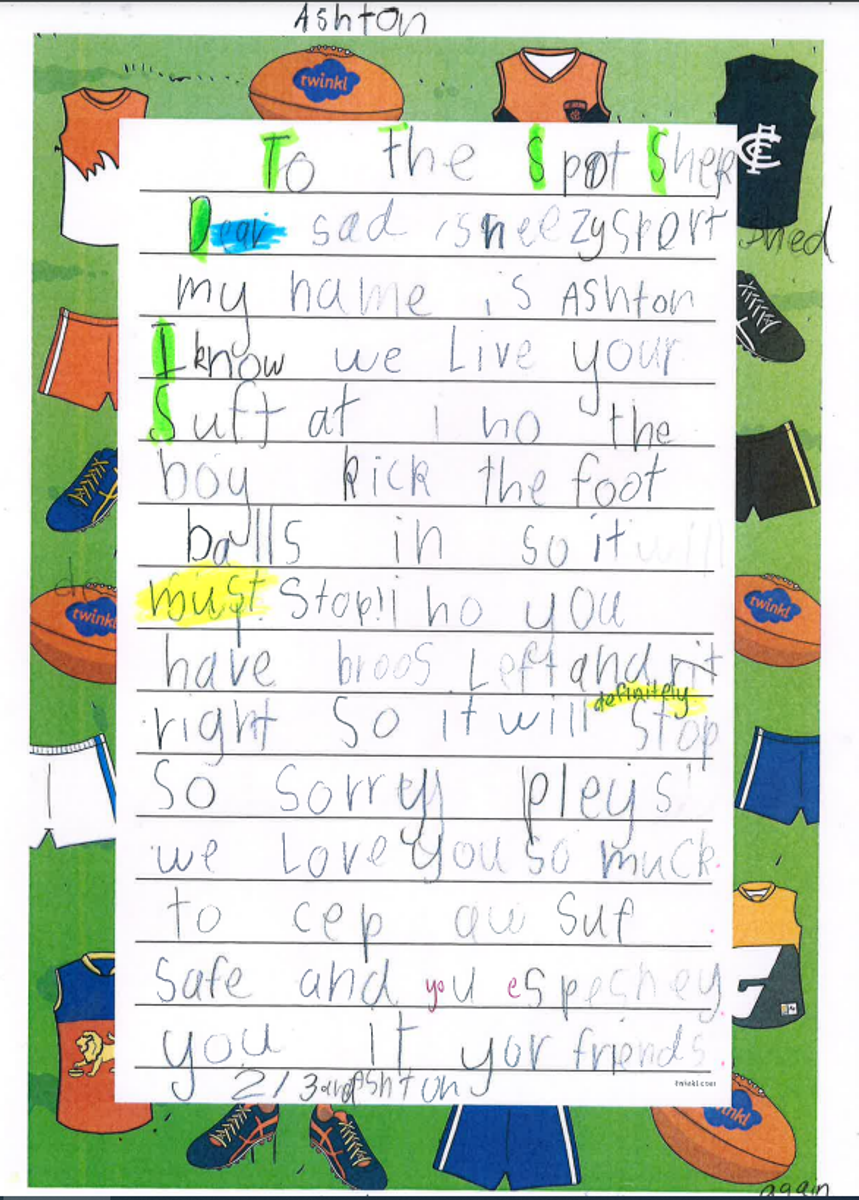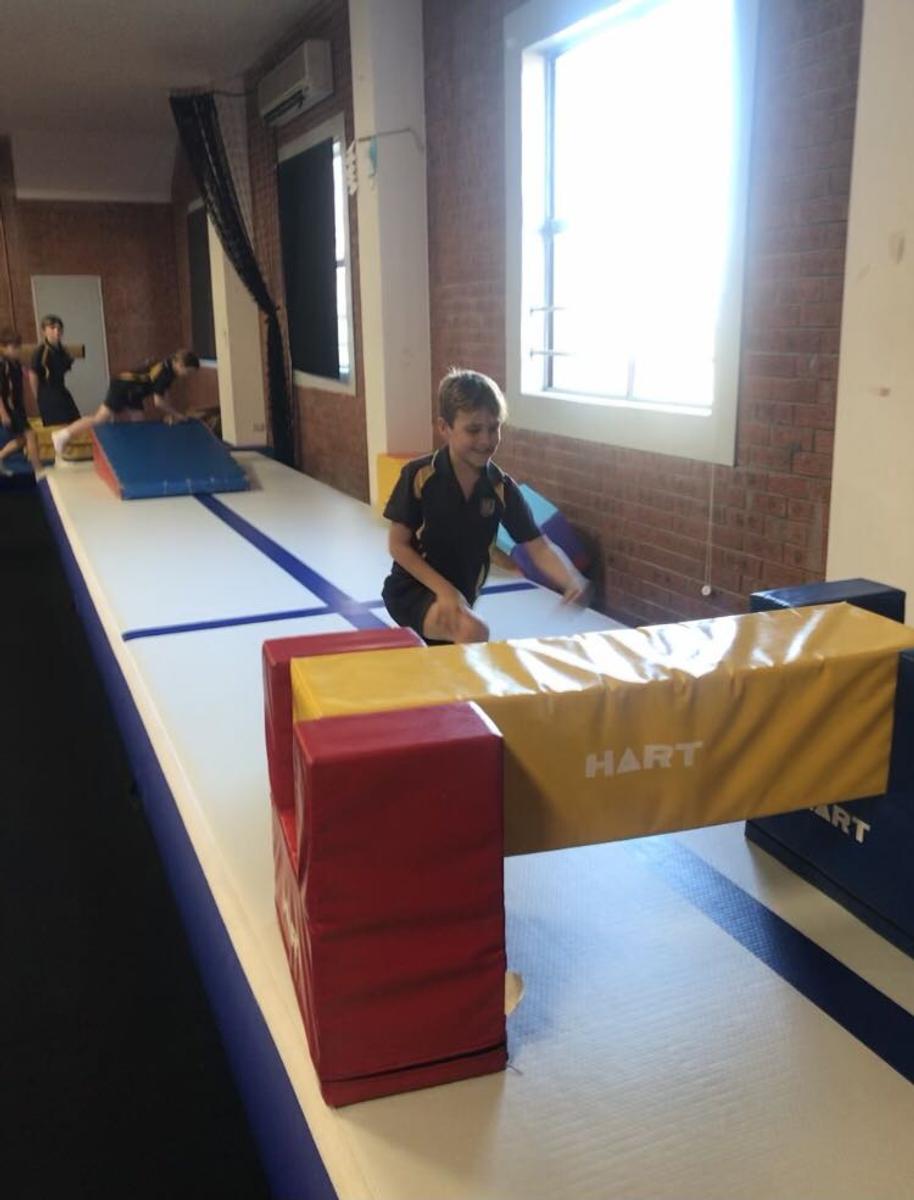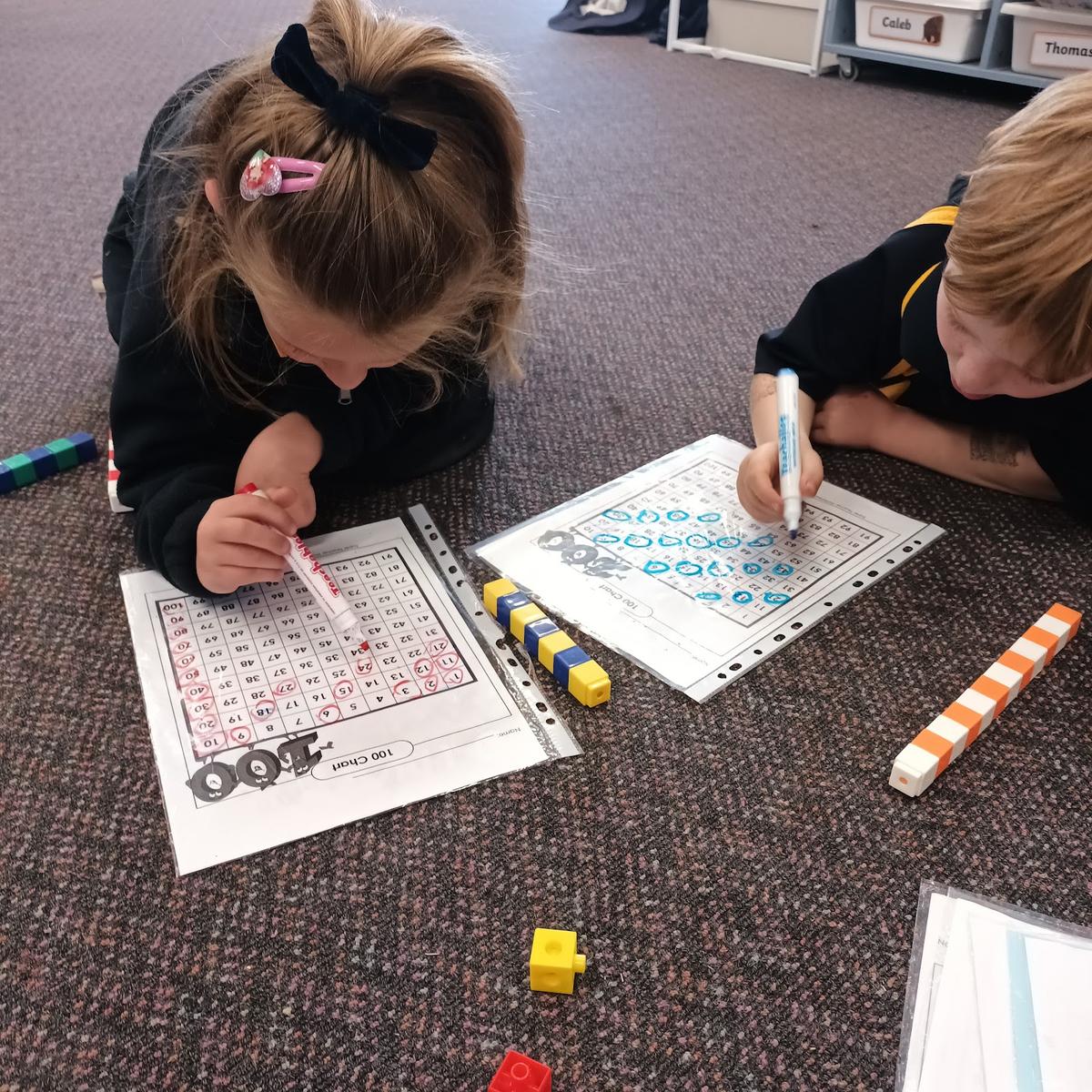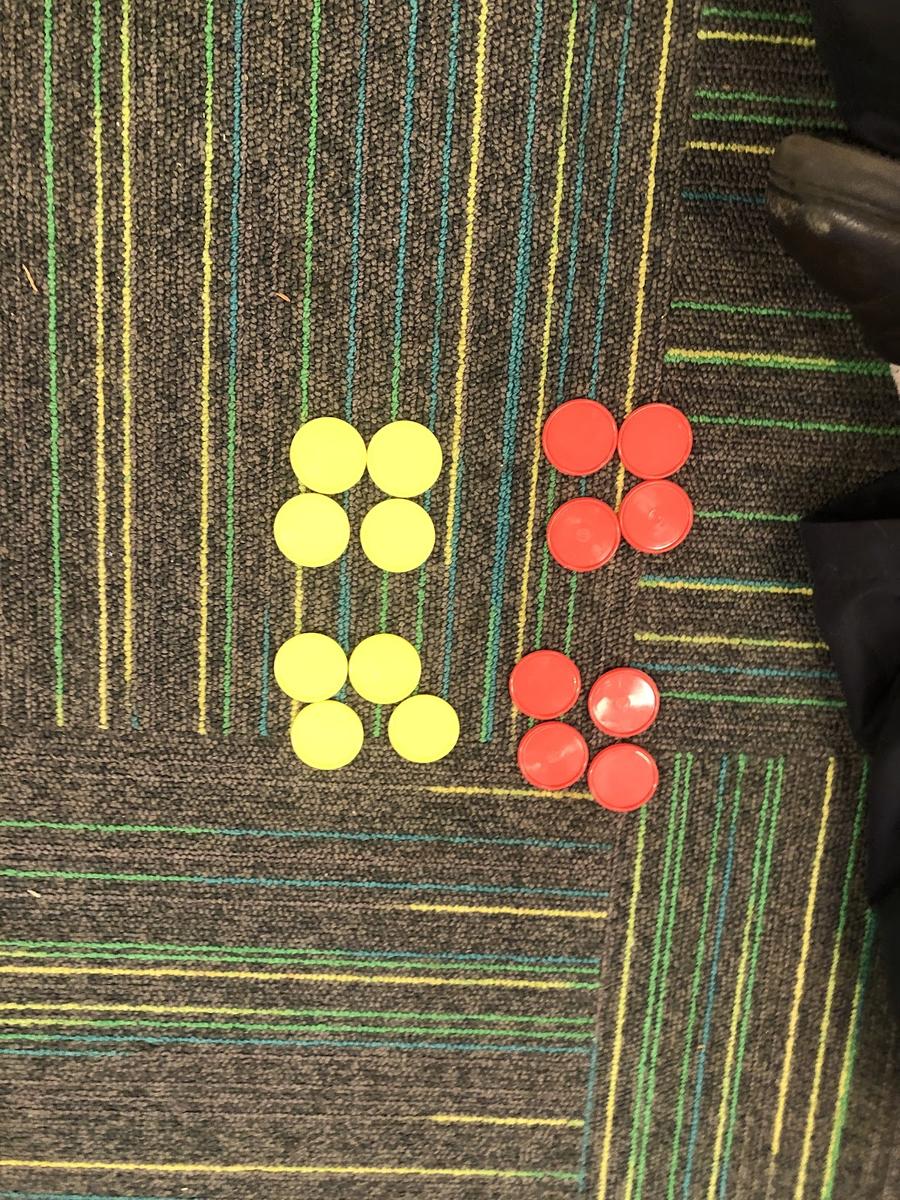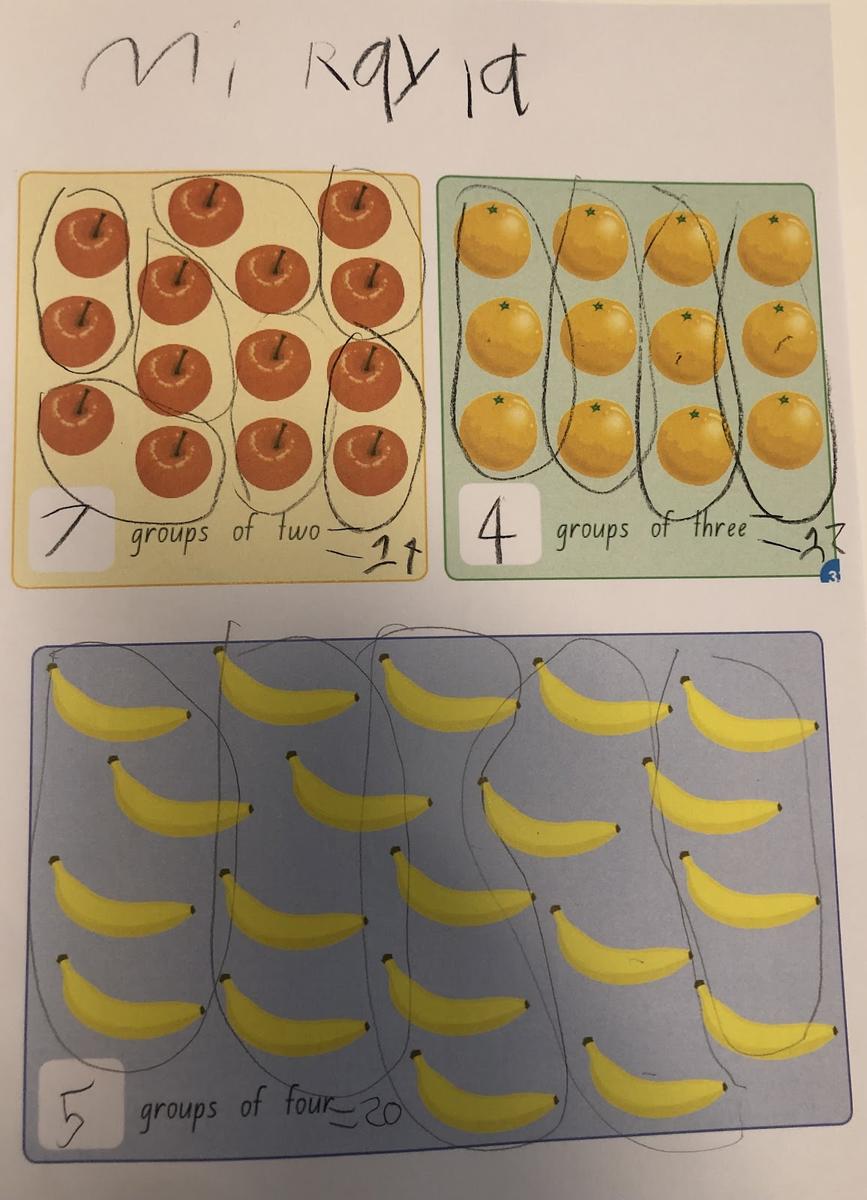Learning News
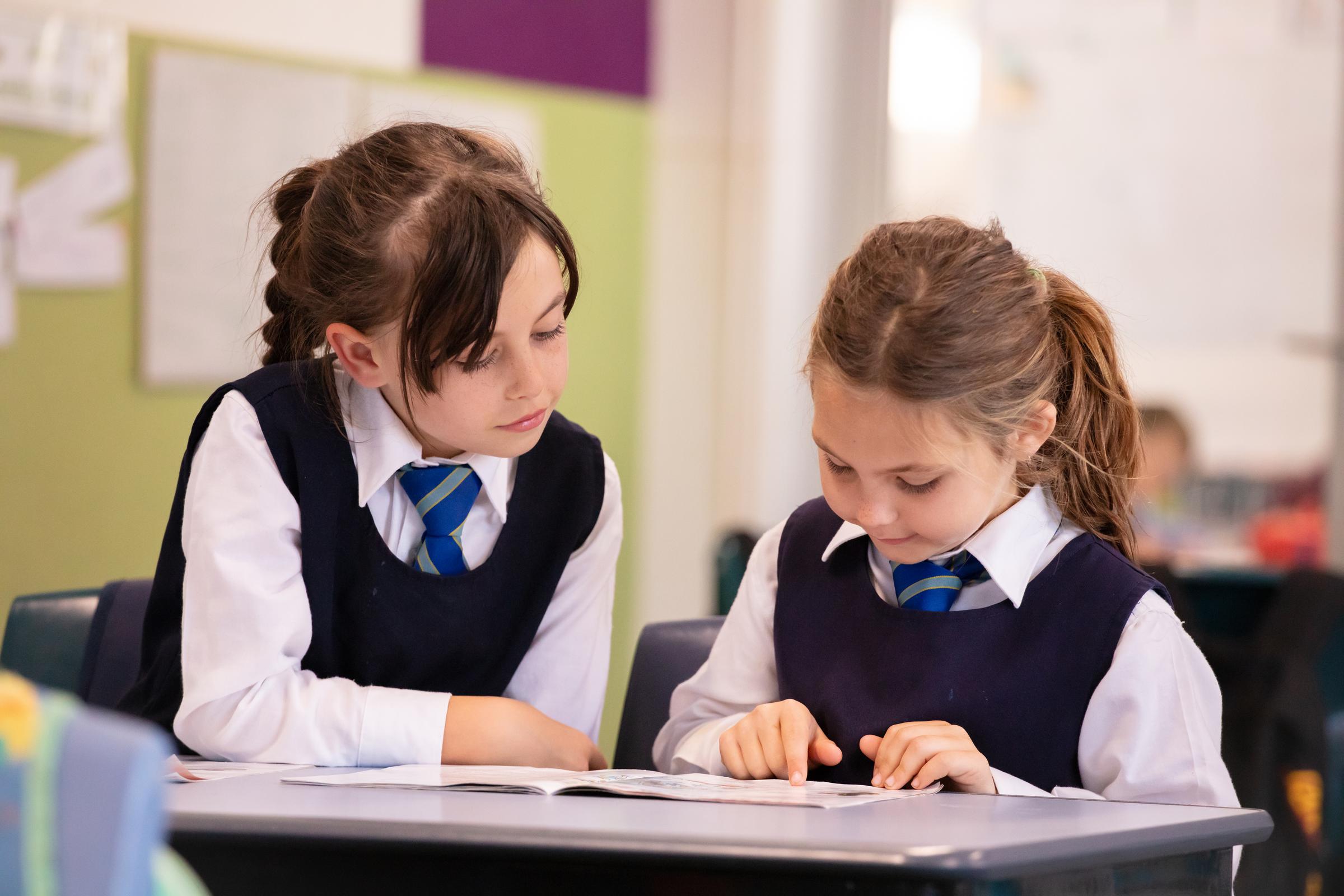
Learning News Week 5
Over the last two weeks our classes, from Kindergarten to Year 6, have once again participated in Cold Writes, a valuable data collection activity that is participated in across our diocese where the students write on an unseen stimulus (the cold portion of the Cold Write).
Kindergarten revisited their first Warm Write of the year ‘The Gift’ so we can now make a direct comparison between their two narrative writing samples (taken over three terms), and see how much they have grown in writing skill. Warm Writes are slightly different to the Cold Writes in that the students are allowed to discuss the topic in the days before to familiarise them with the topic and collect ideas.
Our students in Years 1 to 6 got their imagination working on their narrative piece - ‘Superpowers’, telling us all about the time they woke up to find they had been given superpowers. There were many adventures and all kinds of scrapes they got themselves into in their imaginative pieces of writing! Lots of fun and a valuable source of data for our teachers to examine and guide their next teaching steps.
We have also been learning some basic AUSLAN in our classrooms in preparation for the arrival of the new AUSLAN syllabus to the new languages curriculum. We have had lots of fun learning to finger spell our names and learn some simple sentences and greetings. Watch this space for an update on when we have some signed songs ready for an audience!
Well done everyone on a very productive week in our classrooms.
Yours in learning,
Mrs Shepherd
Kindergarten
This term, Kindergarten have been exploring the topic of ‘Living things’ in Science. Students have been learning to identify the different parts of a plant and have been learning what living things need. As part of a fun experiment, students have been watching how cress seeds have been growing each day. We have ensured to give them plenty of water and sunlight. See a snapshot of Kindergartens exploration! Great work scientists.
Miss Fraser
Year 1
Year 1 have been learning how to write persuasive texts. We first read the book ‘The Day the Crayons Quit’, and then the next day the sports shed quit! So they had to write a letter to the sports shed to persuade it to open again. Next they had to convince Mrs Underwood that St Michael’s should get a school pet including kittens, chickens, dogs, birds, fish- so many animals! Outstanding work Year 1!
Miss Myers
Yr 2/3
Following Year 1’s example, Year 2/3 also felt the need to address the sports shed quitting at our school. Here are some of Year 2/3's fantastic letters in response to that notice. We hope our reasons and apologies will be enough to persuade it to reopen. Well Done Year 2/3.
Mr Beaumont.
Yr 4
In PDHPE, Year 4 have been participating in Gymnastics lessons at the PCYC in Tamworth. Students began by completing races against each other incorporating some skills they have been developing this year including jumping, push ups, running, star jumps and leaping over objects. Year 4 then participated in a range of floor games, boxing drills, beam activities including a very challenging upside down monkey crawl and then practised their rolling skills in a straight line. The students thoroughly enjoyed this experience and are very excited for the next two sessions. Well done to our class of gymnasts!
Emily Maunder and Emily McDonald
Year 5/6
In stage 3, we have begun looking at poetry and will continue this unit for the rest of Term 3. The students have read and analysed a variety of poems and have been able to identify patterns and techniques used such as rhyme, similes and metaphors. As an activity, the students wrote an acrostic poem using their name. The focus was for students to use positive words to describe themselves. As a class, we thought of some words we could use to describe ourselves and helped one another to complete this task. Very clever stage 3 - Well done!
Miss Rasche and Miss Summerell.
Numeracy News Week 6, Term 3
Ideas for practising patterns with your child:
- identifying and discussing patterns in and around your home such as lounge or bed linen material colours or shapes. For example, blue square – yellow circle, blue square – yellow circle, blue square – yellow circle
- Gather collections of small items to make patterns (e.g., buttons and coins; spoons of two sizes; crayons and markers). Take turns arranging the
- objects in a pattern for the other to describe and tell what comes next. For example: coin, coin, button, ...; big spoon, small spoon, ...; crayon, marker, marker…)
- singing songs, creating dances and readings books with repeating, rhyming or rhythmic numbers, such as There were 10 in the bed
- noticing patterns in nature, for example a beehive, petals on a flower
- point out and talk about patterns around you, or in books. Look at wrapping paper or wall paper options. Discuss decorative patterns on posters and boxes.
- Point out repeating patterns in the daily routine: after fruit time there is always a story at school.
- Sing songs where there is a pattern, such as the same line or chorus repeated.
- Point out patterns in action songs or dances.
- Read stories and sing songs where there is a pattern of numbers going up or down.
- Make a staircase pattern with lego bricks, dominoes or tiles and ask children to continue it.
In Stage 1 Division, your child will begin to understand division as sharing and grouping. There are many easy ways you can support this at home.
In Stage 1 Division, your child will begin to understand division as sharing and grouping. There are many easy ways you can support this at home.
- Ask your child to practise division by sharing objects equally. For example, share 8 objects into 2 equal groups. Using objects such as your child’s toys, items of food, or buttons helps them visualise what the calculation means and keeps them interested.
- Ask your child to find out how many objects there are to begin with. Can they share the objects equally between the two of you? Help them to share objects one at a time between the two groups. When all the objects have been shared, ask your child how many there are in each group. If you have the same number, explain that your child has shared the objects equally into two groups which is the same as dividing by two. If you do not have the same number, ask your child if the objects have been shared equally. For example, “We started with 11 objects and shared them into two groups. I have 6 objects and you have 5 objects. Are they equal? If they are not equal then 11 cannot be shared equally into two groups so 11 cannot be divided by 2 equally using whole numbers or objects.”
- 4 Easy Ways to Practise Division at Home
Kinder
In Week 5, Kindergarten were learning about patterns. We learned that patterns are repeated and practised making patterns using different rhythmic body percussion. Different tasks like beading also was a fun way of creating our own 2-3 part patterns. Kindergarten also explored number patterns this week using a hundreds chart. Students were quite amazed how when the numbers made a pattern, they also made a unique pattern on the chart! Great Work Kindergarten.
Miss Fraser
Year 1
This week, Year 1 have been learning about division and sharing objects into groups. We have worked hard on learning the difference between ‘groups of’ and number of groups. Using counters, the students had to make what the teacher said and were all very good at making groups of. We then used paper plates to make the right amount of groups and then used skip counting to figure out how many counters they had altogether.
Great job showing your thinking and listening this week Year 1!
Miss Myers
Year 2/3
This week Year 2/3 have started our new topic on division and forming groups. This week we have looked at sorting objects into groups and using concrete materials to create arrays. We have discussed the need to form arrays with equal rows and columns. To practise this the students were given a handful of objects and asked to sort them into an array with equal rows and columns. To make it challenging they were not told how many had to be in each group. Well Done Year 2/3.
Mr Beaumont
Year 4
This week in Mathematics, Year 4 have been using their gained knowledge of fractions and have applied it to their understanding of decimals. Students have learnt to identify decimals on a number line, place decimals in order from smallest to largest, recognise tenths, hundredths and thousandths using place value and identify different ways an amount can be represented using fractions, decimals, pictures and words. Fantastic work this week Year 4!
Miss McDonald and Miss Maunder
Year 5/6
In Stage 3, we have been learning about 2 dimensional space, with a focus on regular and irregular polygons. Students ventured around the playground looking for a variety of sticks and used them to make a variety of polygons, before drawing and labelling their creations. This was a fun exploration of the many different shapes they could create and required students to use their estimating abilities to identify if their shapes would have equal sides and angles, allowing them to categorise them as regular or irregular. Awesome work Stage 3!
Miss Summerell & Miss Rasche





